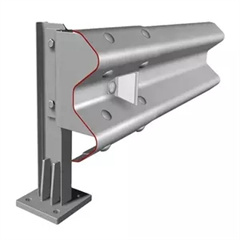The language of street parking signs primarily consists of a combination of symbols, colors, and text to convey specific parking regulations and restrictions. Understanding this language is crucial for motorists to comply with local parking laws. Here’s a breakdown of the key elements often found on parking signs:
- Colors:
- Red and White: Typically signify restrictions, such as “No Parking” or “No Stopping.”
- Green and White: Often used for time-limited parking, loading zones, or areas where payment is required.
- Blue and White: Indicates handicap parking spaces and related regulations.
- Yellow and Black: Commonly used for school zones and related parking restrictions.
- White and Green: Used for loading/unloading zones and commercial vehicle zones.
- Symbols:
- Pictograms: Symbols or icons are used to represent specific parking rules. For example, a graphic of a car with a red circle and line through it typically means “No Parking.”
- Arrows: Arrows may indicate the direction in which the parking restriction applies.
- Text:
- “No Parking”: Indicates that parking is not allowed in the specified area at any time.
- “No Stopping”: Signifies that stopping your vehicle, even temporarily, is prohibited in the designated area.
- “No Standing”: Means you cannot stand or wait with your vehicle in the specified area.
- “Loading Zone”: Designates an area where commercial vehicles can load and unload goods or passengers.
- “Time-Limited Parking”: Specifies the maximum amount of time you are allowed to park in the area.
- “Residential Parking”: Indicates that only residents with permits can park during certain hours.
- “Handicap Parking”: Signifies parking spaces reserved for individuals with disabilities.
- “Tow Away Zone”: Warns that parking in the area may result in your vehicle being towed.
- “Pay-to-Park”: Informs you that you must pay a fee or use a parking meter to park in the designated area.
- “Metered Parking”: Indicates that parking in the area is subject to payment at a parking meter.
- “Loading/Unloading Only”: Signifies an area where you can temporarily load or unload passengers or goods.
- Additional Information:
- Signs may include supplementary information such as days and hours when the parking restrictions apply, permit requirements, and exceptions.
- Arrows:
- Arrows on signs can indicate the direction in which the parking restriction applies.
- Curb Colors:
- The color of the curb may also convey parking rules. For example, a red curb often indicates no parking, while a green curb can signify limited-time parking.
- Spacing and Placement:
- The position of the sign relative to the parking space or area it governs is important. Signs should be clearly visible from the parking space.
It’s important to note that parking regulations can vary significantly from one location to another, so always be attentive to the specific signs in your area. Ignoring parking signs can lead to fines, towing, or other penalties, so it’s crucial to interpret them correctly and park accordingly. If you have any doubts about a parking sign’s meaning, consult local regulations or authorities for clarification.







